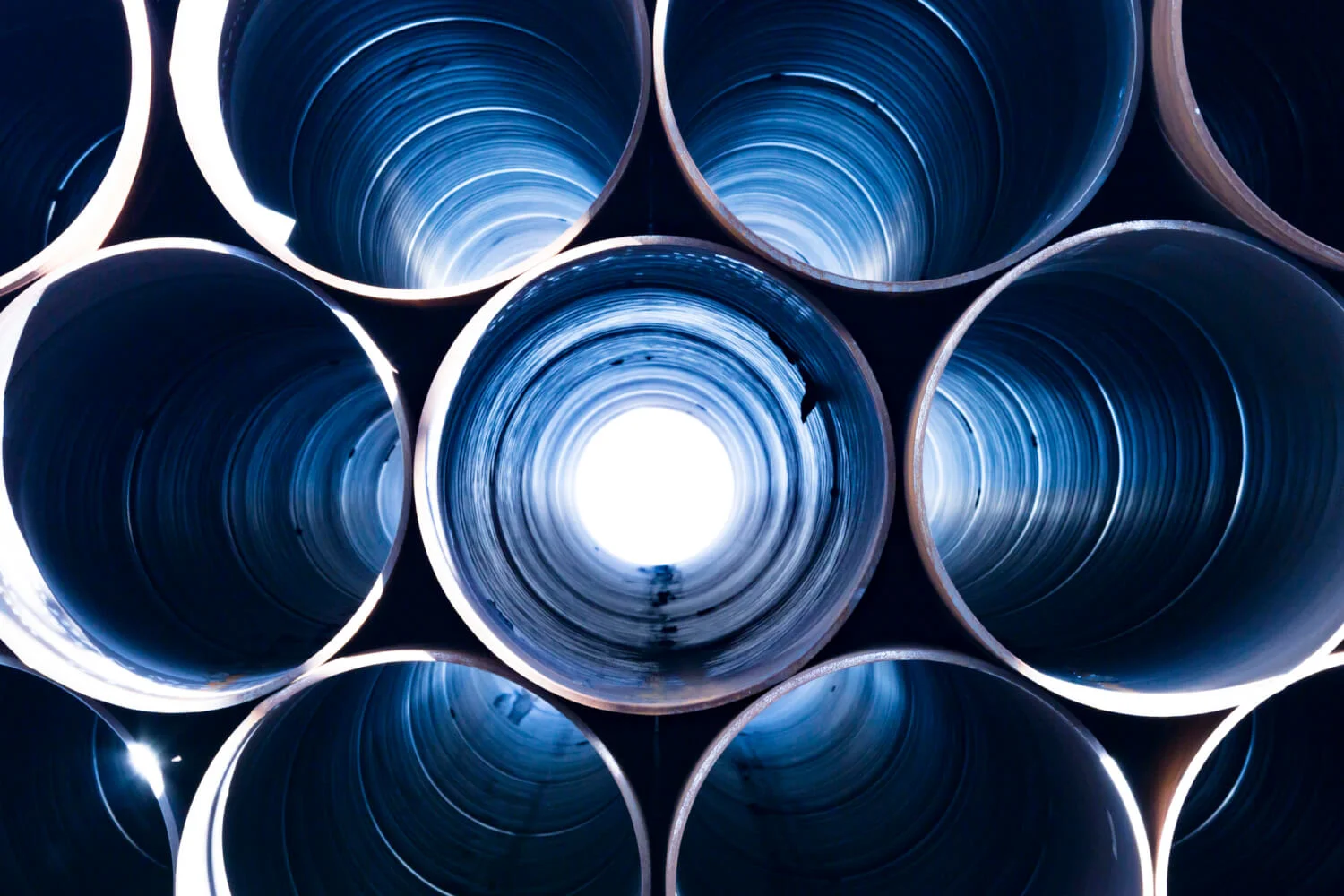IoT plays a crucial role in enhancing smart city applications through real-time monitoring and management of city processes. But with almost two-thirds of the world’s population predicted to be living in urban areas by 2030, one of the biggest challenges cities will face is waste disposal. The world produces 2.01 billion tons of solid waste annually, with the amount of garbage produced by urban dwellers on track to reach 3.40 billion tons by 2050. Waste disposal expenses are on the rise as well, with the World Bank predicting global garbage collection costs to top $375 billion in the next five years. Fortunately, smart city initiatives are driving innovation in the waste management sector. Valued at just under $1.5 billion in 2018, the smart management market is projected to top $5 billion by 2025.
Smart waste management has become an essential part of the smart city ecosystem, with IoT-enabled smart waste sensors enabling cities to optimize waste collection, reduce the number of overflowing bins, and manage resources. The use of IoT in waste management has the potential to reduce unnecessary expenses that are the result of operational inefficiencies in trash collection processes. The number of smart bins is expected to reach 2.4 million by 2025, and according to Berg Insight, the rapid adoption of smart waste sensors will result in 29.8% growth through 2025.
Smart waste bins rely primarily on cellular networks, which accounted for about three quarters of connected waste collection points in 2020. While existing units can be retrofitted, wireless sensors are increasingly being pre-integrated into waste bins. And it’s not the conventional cellular technologies – 2G/3G/4G – that are driving growth. Instead, it’s LPWA (low-power, wide area) technologies (LTE-M and NB-IoT) that are leading the way. These technologies offer cost and power-efficiency options that leverage existing networks while also having strong built-in security, making them ideal for smart city applications.
There are three critical areas where IoT enables waste management processes.
Route optimization
Traditionally, waste management systems have used a pre-defined route based on historical patterns to schedule garbage collection and recycling point receptacle emptying, whether they were full or not. IoT devices turn this model on its head by using smart trash bins to detect location, temperature, and fill level in real time, and this data is then used to plan optimal collection routes, resulting in an efficient pickup process that saves fuel as well as manpower. Additionally, datahelps with long-term planning, such as where more bins are needed or where the number can be reduced.
The data gathered from smart bins also reduces the number of pissed pickups or the incidence of overflowing trash bins. If a sensor detects that a bin is full, an automatic alert will be sent to waste managers, who can schedule an extra pickup.
Smart recycling
According to a report from the UN, 50 million tons of e-waste is generated every year. And as the number of electronic devices ending up in landfills is increasing all the time, e-waste has been identified as a key aspect in solid waste management. Discarded electronic devices often contain harmful chemicals, such a lithium from a smartphone battery, which can leach into groundwater. At the same time, these devices present an opportunity to reclaim precious and base metals, such as gold and copper, in an efficient way. IoT management systems allow for a digital record to be made of devices and batteries and once the battery dies, the location of phones, IoT sensors and other electronic devices can be activated, with manufacturers or waste managers scheduling a pickup – and even bringing a replacement, long before they ever end up in a landfill.
The ability to embed IoT technologies into receptacles also allows for the use of machine learning, AI, and computer vision that can process the type of material in the container, leading to better sorting and reduced human error, as well as an easier job downstream at recycling centers. Additionally, emerging smart bins are able to identify and sort waste into categories like glass, paper, plastic, and metal, compress it and notify sanitation workers of fill levels of each waste category, enabling a more sustainable society.
Data analysis
Connected devices record the speed at which bins fill up, while also monitoring how often they are emptied, and what they contain. IoT management systems are where all of this comes together and shines. Data unlocks endless possibilities, such as planning better distribution of bins, eliminating incorrect disposal practices, and even reducing the amount of waste that ends up in landfills. Data analytics can help assess trends to better plan waste management processes, leading to a better allocation of resources and a happier populace. And speaking of that happier populace, a smart city app can give citizens the ability to input on-the-ground information, which can be used both in real time, such as when someone reports a smashed bin or similar, as well as adding that data to data collected from other sources, which can further optimize processes.
If you would like to learn more about how IoT can enable your smart city or business, please get in touch..









